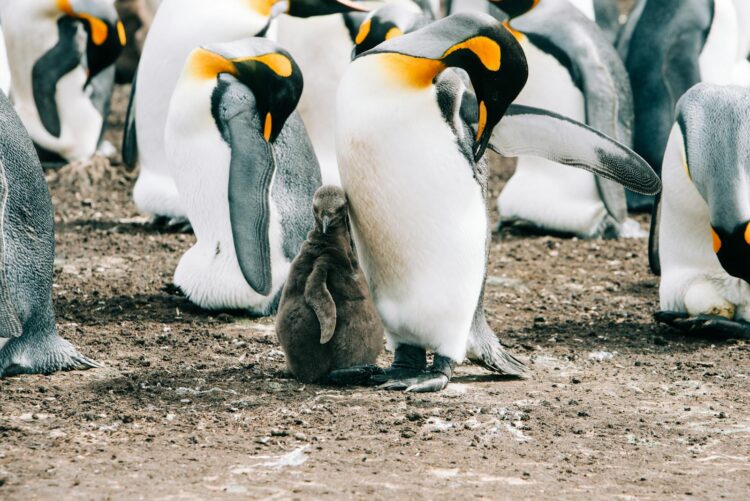Antarctica, home to the South Pole and penguins, is filled with ice, snow, and below-freezing temperatures. But, it may not stay that way forever.
Scientists are concerned about how quickly Antarctica is heating up and what that means for the world. Learn more here.
Climate change has a significant impact on the poles.

You’ve probably heard about how global warming reduces polar ice caps and alters oceanic currents.
As the world heats up, even just slightly, it impacts weather everywhere, especially in the most extreme areas like Antarctica. Small changes can throw off the balance.
Satellite footage shows Antarctica turning green.
Embed from Getty ImagesWhen researchers found that Antarctica was looking green on satellite footage, they were concerned and looking for answers.
Scientists from the British Antarctic Survey and multiple universities discovered that Antarctica is warming up even faster than the rest of the globe on average. This change allows vegetation to grow more quickly, transforming the icy continent.
While some areas of Antarctica have vegetation, the landscape is changing quickly.
Embed from Getty ImagesAs researchers study the impacts of climate change on Antarctica, they’ve found exponential growth of various plans. In fact, vegetation covers 10x more of the continent than it did 40 years ago.
Using satellites allowed them to make this discovery and then do more research on the ground.
Plant growth continues to speed up.
Embed from Getty ImagesResearch findings were published recently in Nature Geoscience. These studies find that the rate of vegetation growth is accelerating even more.
Dr. Thomas Roland of the University of Exeter explained, “Our findings raise serious concerns about the environmental future of the Antarctic Peninsula and of the continent as a whole. In order to protect Antarctica, we must understand these changes and identify precisely what is causing them.”
More studies are needed to understand why the continent is getting greener.
Embed from Getty ImagesScientists still plan to conduct more research on Antarctica’s climate and vegetation. Many fear that invasive plant species could become a problem. It’s likely that this problem will increase and keep changing the landscape of Antarctica.
Invasive species could pose a real risk.
Embed from Getty ImagesAccording to scientists, the soil in Antarctica is weak in nutrients. However, increased plant growth could provide faster soil formation.
“This raises the risk of non-native and invasive species arriving, possibly carried by eco-tourists, scientists, or other visitors to the continent,” says Dr. Roland.
Melting in Antarctica can affect the entire world.
Embed from Getty ImagesWhile rapid climate change in the Antarctic might not sound like a big deal if you live far away, it can have devastating impacts. As the continent and the surrounding Southern Ocean heat up, oceans will rise worldwide, causing extreme weather events.
We can all do our part to learn about climate change.
Embed from Getty ImagesAntarctica’s warming up isn’t just a problem for scientists to figure out. Global warming changes the weather across the world, which can put millions, if not billions, of people at risk. So, we all must learn what we can and care about the planet, regardless of where we live.
















































